Journal of Daylighting
Journal of Daylighting is a peer-reviewed international journal devoted to investigations of daylighting in buildings. It is the leading journal that publishes original research on all aspects of solar energy, buildings, and lighting. Read more
Open Access — free for readers, articles are published free-of-cost.
Rapid Publication: Bi-annual (articles are published continuously throughout the year)
Publication Fee: No charges
Year Started: 2014
Time to Publication: 70 days
Abstracting & Indexing
Scopus (Elsevier)
EBSCO
Directory of Open Access Journals (DOAJ)
Architectural Periodicals Avery Index
CrossRef
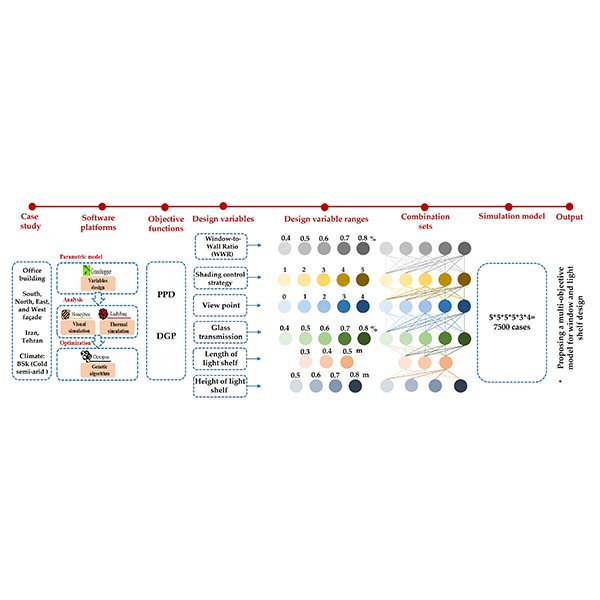
RESEARCH ARTICLE
A Multi-objective Optimization of Window and Light Shelf Design
In office buildings, an efficient design of windows and using light shelves as a passive design strategy significantly influence the thermal and visual comfort of occupants while enhancing the productivity and health of users.
Journal of Daylighting 11 (2024) 55-68
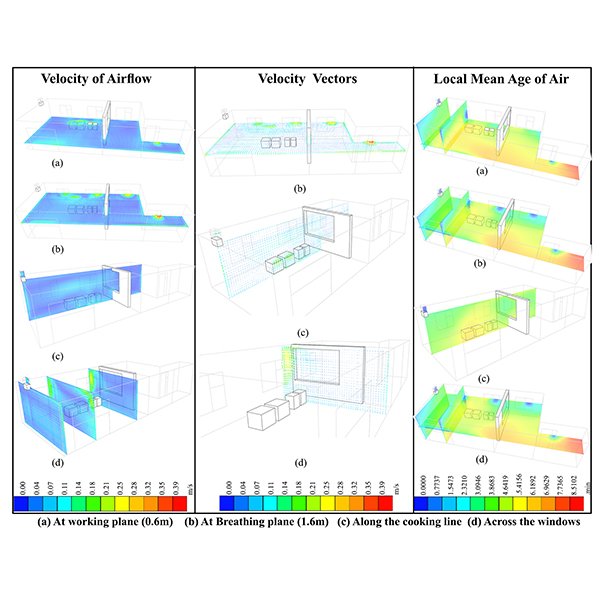
RESEARCH ARTICLE
Investigation of Ventilation Performance to Improve the Indoor Air Quality
Indoor Air Quality (IAQ) is a significant health determinant in the building environment. Ventilation plays a significant role in providing comfortable working conditions and securing contaminant removal from indoor spaces.
Journal of Daylighting 11 (2024) 39-54
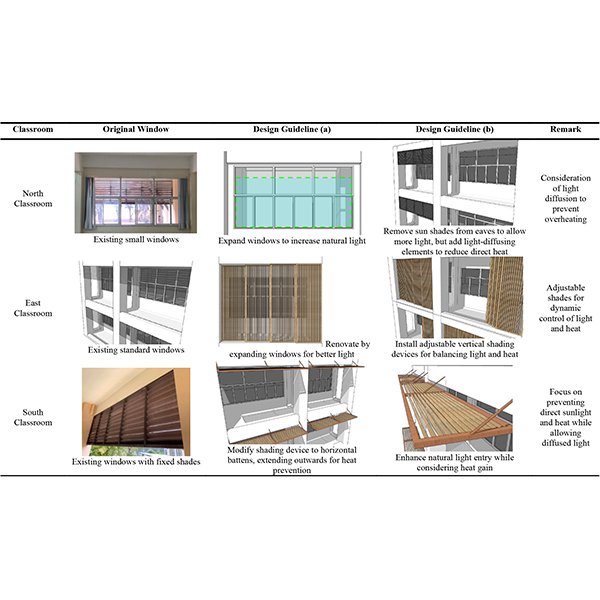
RESEARCH ARTICLE
Improving Natural and Artificial Lighting in Coastal Architecture Classrooms: Insights
This research examines the natural and artificial lighting performance comparison in an architecture classroom at a university in southern Thailand and gives principles for enhancing lighting design.
Journal of Daylighting 11 (2024) 23-38

RESEARCH ARTICLE
Electrochromic Glazing and Evaluation of Visual and Non-Visual Effects
The employment of electrochromic glazing can be a solution to balance circadian lighting and avoid glare. This can be achieved by controlling daylight entering the room and may be useful within the context of highly glazed facades in buildings in hot climates.
Journal of Daylighting 11 (2024) 1-22
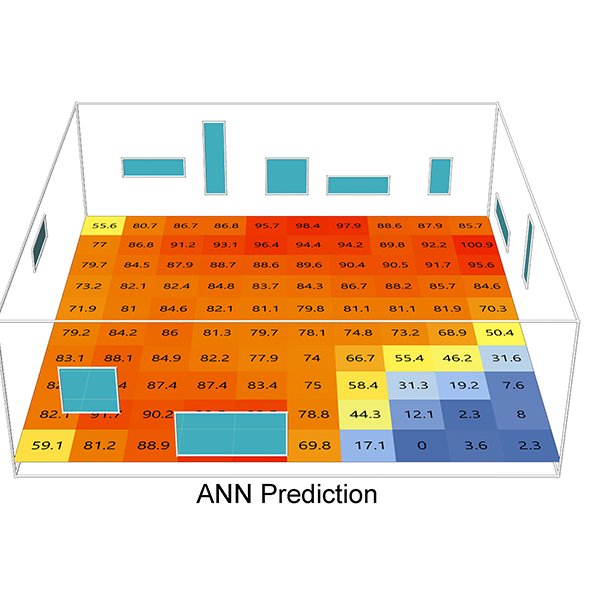
RESEARCH ARTICLE
Unfolding 3D Space into Binary Images for Daylight Simulation via
Daylighting plays a crucial role in building science, impacting both occupants’ well-being and energy consumption in buildings. Balancing the size of openings with energy efficiency has long been a challenge. .
Journal of Daylighting 10 (2023) 204-2013
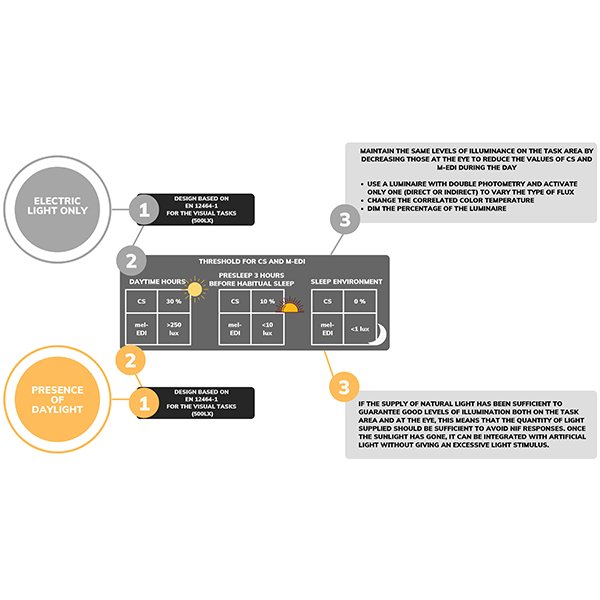
RESEARCH ARTICLE
Integrative Lighting Design: How to Optimize Visual and Non-visual
The objective of this paper is to outline fundamental principles for the electric lighting design of workplace environments such as offices. The study considers both the suggested guidelines and values for non-visual light design and the specifications for visual tasks dictated by the EN 12464-1:2021.
Journal of Daylighting 10 (2023) 192-203
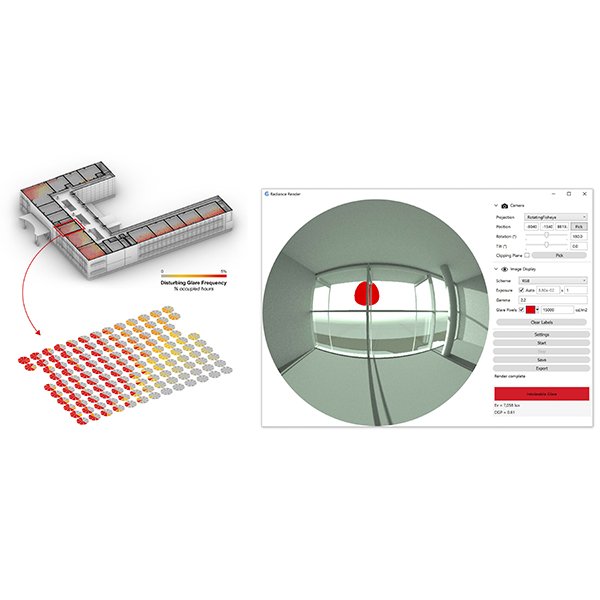
RESEARCH ARTICLE
The Effect of Parametric Patterned Façade Variations on Daylight
Parametric design influences on building envelope design are exponentially increasing in the current era due to the dominance of computational design on architectural outcomes.
Journal of Daylighting 10 (2023) 173-191
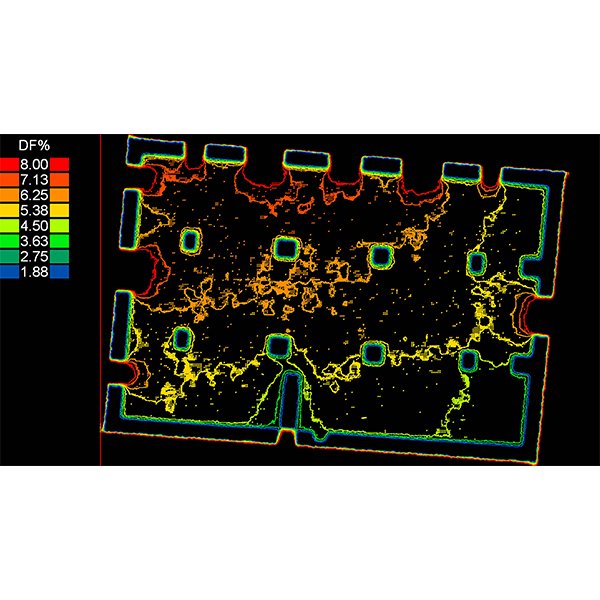
RESEARCH ARTICLE
Analysing the Daylighting Performance of the Main Prayer-hall in
This paper studies the daylighting quality of the indoor prayer-hall in The Great Upper Mosque of Hama city in Syria, highlighting this distinctive historical converted building that has been functioning as a mosque since the entry of Islam in the 6th century AD.
Journal of Daylighting 10 (2023) 153-172
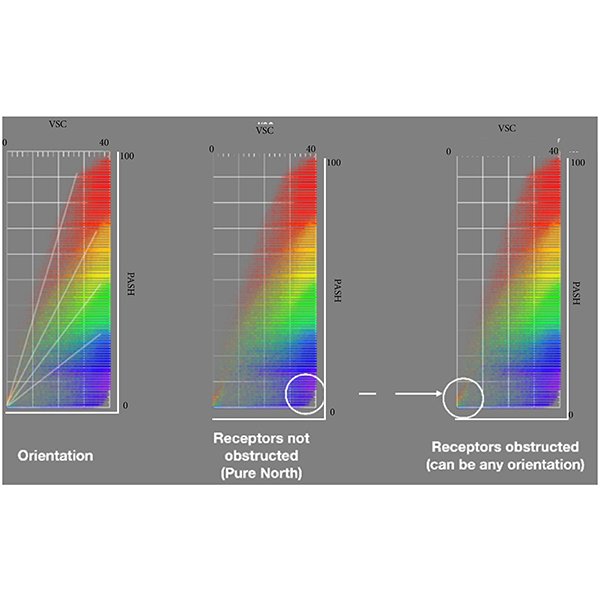
RESEARCH ARTICLE
Sunlight-Daylight Signature: a Novel Concept to Assess Sunlight and
Daylighting and solar availability at urban scale has come to play a crucial role in the perception of discomfort conditions for people, both in outdoor and indoor spaces, and on the energy consumption of buildings.
Journal of Daylighting 10 (2023) 136-152
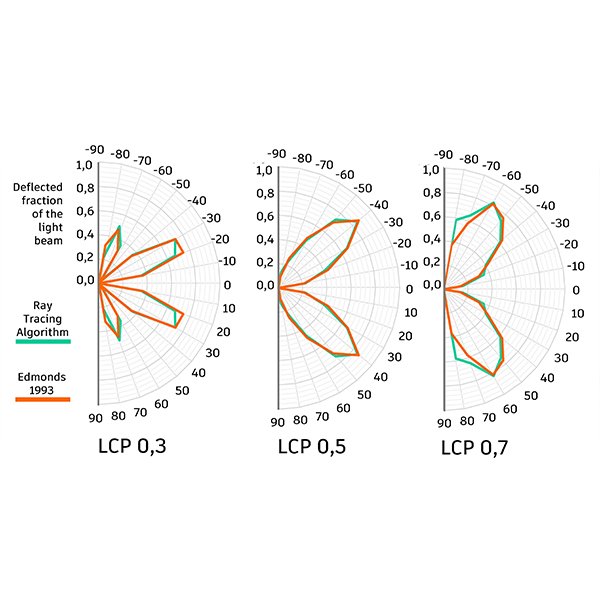
RESEARCH ARTICLE
Ray Tracing Algorithm to Simulate Laser-Cut Panel Light-Redirecting
Daylighting simulation software is an important tool to improve the quality of building design and to improve the quality of the built environment. For its application to correspond to reality, its algorithm needs to reflect real behaviour in the best possible way.
Journal of Daylighting 10 (2023) 87-98
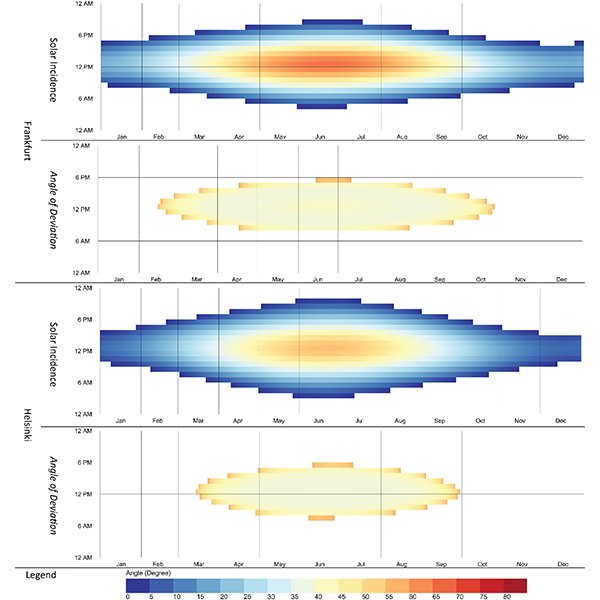
RESEARCH ARTICLE
Solar Angle Model for Daylight Redirection in Prismatic Panel
An advanced complex fenestration system can utilize uniform daylight. Nonetheless, an inefficient design would increase solar heat gain and indoor temperatures, besides uneven light distribution that would cause the "cave effect.
Journal of Daylighting 9 (2022) 257-265
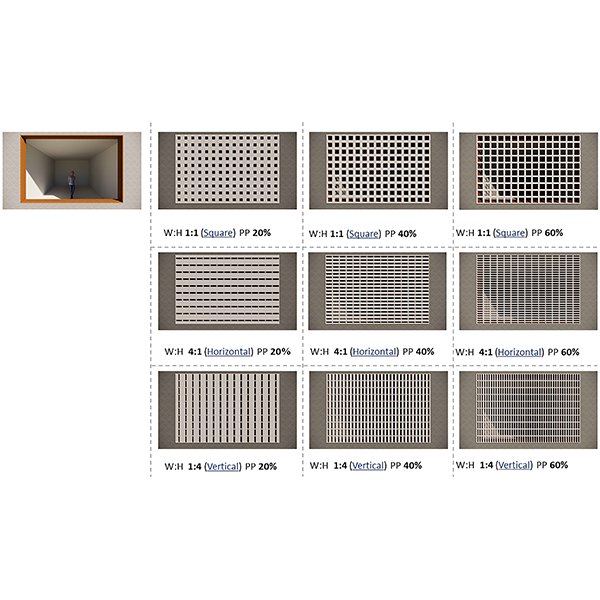
RESEARCH ARTICLE
The Significance of Aperture Proportion for the Lighting Behaviour and
Traditional solar screens in Iran (called Moshabak) are architectural devices used mainly in hot-arid regions, with two interrelated functions: controlling the penetration of sunlight and gaze from outside.
Journal of Daylighting 9 (2022) 242-256
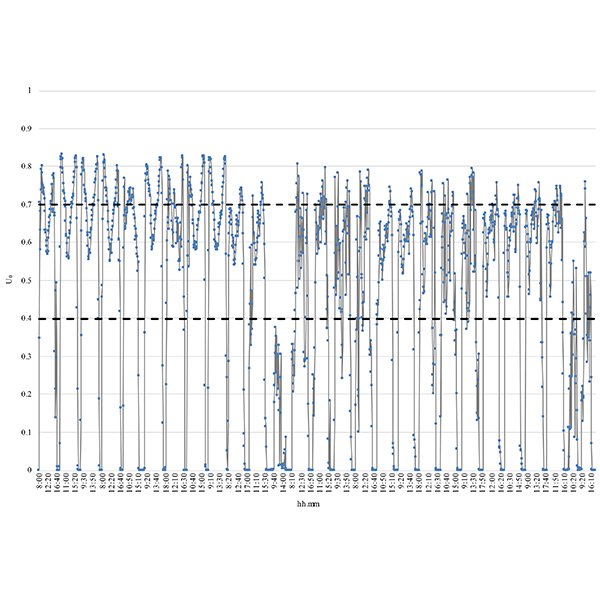
RESEARCH ARTICLE
Experimental Analysis on a 1:2 Scale Model of the
This paper is focused on the daylighting system named Modified Double Light Pipe (MDLP) designed by the authors as an evolution of the Double Light Pipe to eliminate the drawbacks due to its encumbrance and the high luminance of its upper portion.
Journal of Daylighting 9 (2022) 228-241
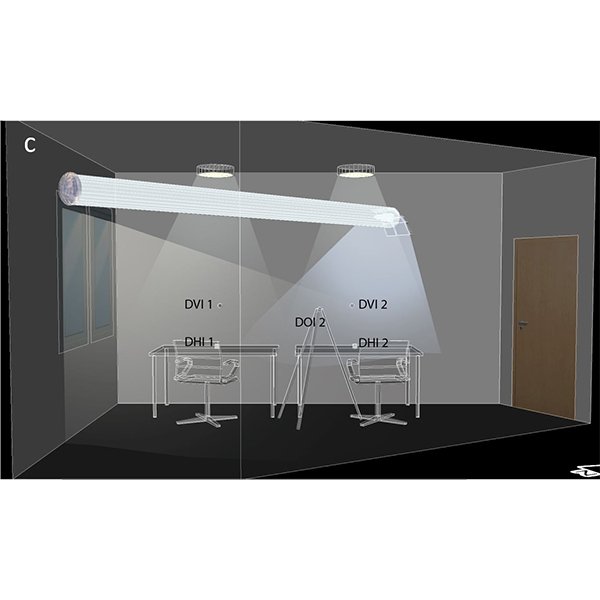
RESEARCH ARTICLE
Illumination and Lighting Energy Use in an Office Room with
This paper describes a field study of the illumination and lighting energy use in a full-scale test office in a building located in southern Norway. Natural light is provided to the office via southwest-oriented windows and a horizontal light pipe (HLP) with a daylight entrance facing the south.
Journal of Daylighting 9 (2022) 209-227
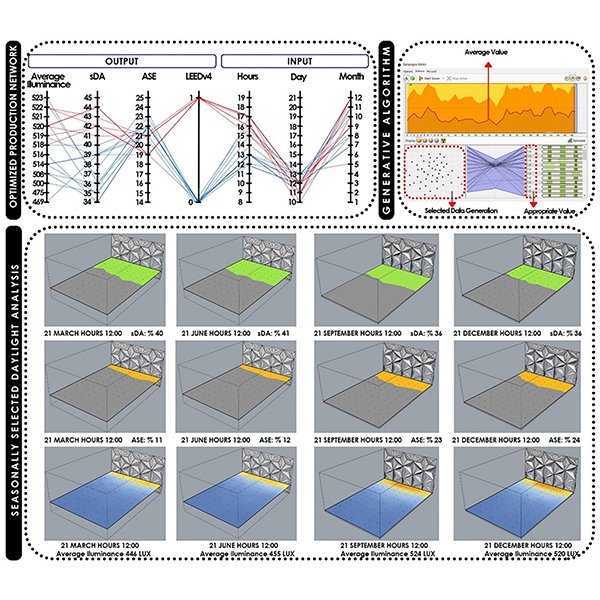
RESEARCH ARTICLE
Evaluation of Daylight and Glare Quality of Office Spaces with
There has been an increasing awareness in recent years about the evaluation of daylight and glare quality in buildings. In the study, an office space with a flat and a dynamic shading system facade (triangular cell facade) is discussed in the province of Mardin, which is in a hot and arid climate zone.
Journal of Daylighting 9 (2022) 197-208
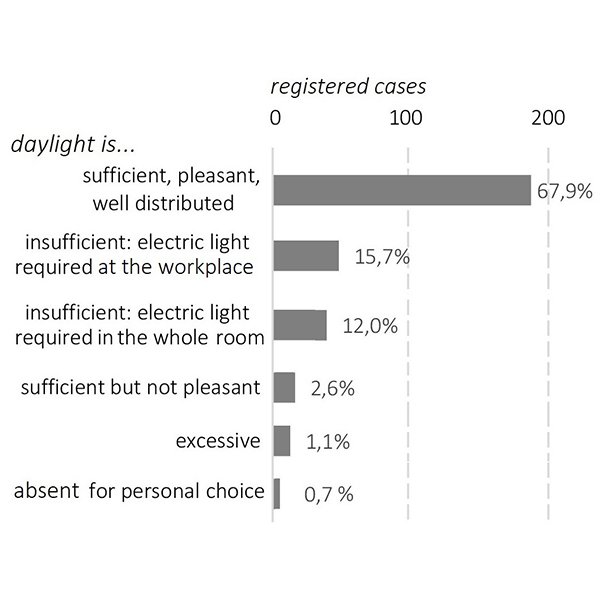
RESEARCH ARTICLE
Lighting Quality Self-assessment in Italian Home Offices
The spread of information technology and the improvement of telecommunicating systems have changed the way to conceive work. People performing typical office activities provided with a laptop and an internet connection can work in whatever place: a coffee house, a waiting room of a train station, an airport, or their own home.
Journal of Daylighting 9 (2022) 177-196
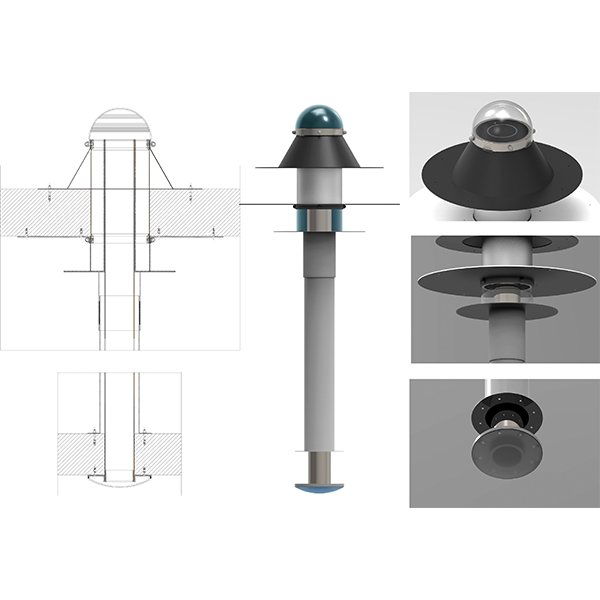
RESEARCH ARTICLE
Daylight Performance of the Modified Double Light Pipe (MDLP) Through
This paper focuses on the Modified Double Light Pipe (MDLP), an innovative daylighting system set up by the authors in the Laboratory of Technical Physics of the University “G. .
Journal of Daylighting 9 (2022) 164-176
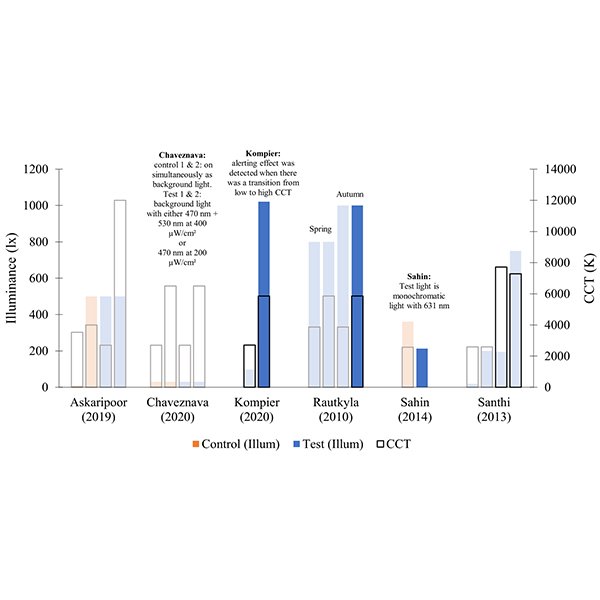
REVIEW ARTICLE
Alerting Effect of Light: A Review of Daytime Studies
Light affects humans beyond only image formation. Several studies have reported that light can increase daytime alertness and can therefore be positively utilized to counter daytime fatigue and increase productivity in workspaces.
Journal of Daylighting 9 (2022) 150-163
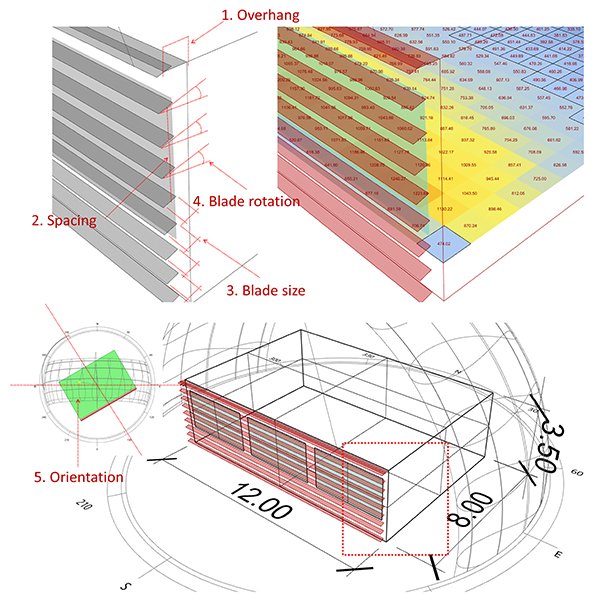
RESEARCH ARTICLE
The optimization of louvers shading devices and room orientation under
This paper presents parametric and multi-objective optimization (MOO) approach in optimizing daylight and energy consumption by incorporating louvres shading devices depicting three different sky conditions: Birmingham, UK, Jakarta, Indonesia, and Sydney, Australia.
Journal of Daylighting 9 (2022) 137-149
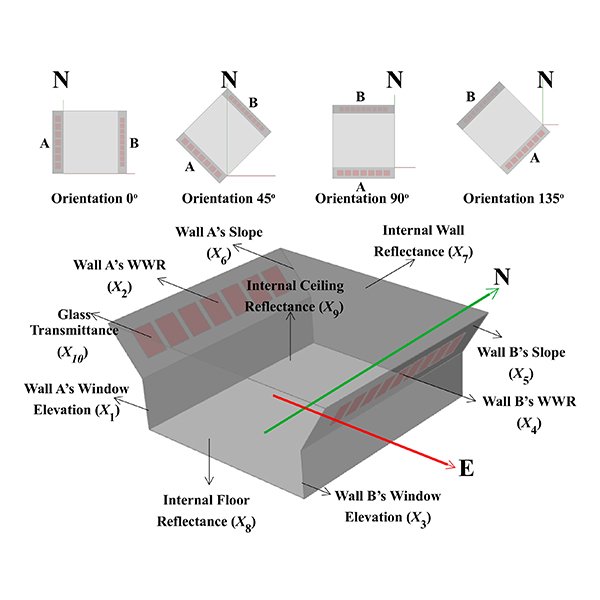
RESEARCH ARTICLE
Optimization of Daylighting Design Using Self-Shading Mechanism in Tropical
Despite its potential, daylighting strategies in school classrooms in the tropical climate regions is little explored in the literature. The use of two-sided or bilateral daylight opening, as well as the self-shading mechanism using sloped walls, are currently seen as potential strategies to achieve good daylighting in tropical buildings.
Journal of Daylighting 9 (2022) 117-136
Rank
Energy (miscellaneous): #27/54
Renewable Energy, Sustainability and the Environment: #131/235
CiteScoreTM 2022: 3.7
Editorial Board

Dr Boon Han Lim
Universiti Tunku Abdul Rahman, Malaysia

Prof. Antonio Manuel Peña García
University of Granada, Spain

Prof. Barbara Szybinska Matusiak
NTNU, Norway

Prof Francesco Asdrubali
University of Perugia, Italy

Dr Umberto Berardi
Ryerson University, canada

Prof Laura Bellia
University of Naples Federico II, Italy

Prof. Lambros T. Doulos
Hellenic Open University, Greece

Dr Susana Lagüela López
University of Vigo, Spain

Dr Paola Sansoni
CNR-INO, Italy

Prof. Önder Güler
Istanbul Technical University, Türkiye

Dr Canan Kandilli
Usak University, Turkey

Dr Valerio Roberto Maria Lo Verso
Politecnico di Torino (Polytechnic University of Turin), Italy

Prof. Yuehong Su
University of Nottingham, UK

Dr Guiqiang Li
University of Science and Technology of China, China

Dr Fabio Peron
IUAV University of Venice, Italy

Prof Jitka Mohelnikova
Brno University of Technology, Czech Republic

Dr Doris Abigail Chi Pool
Universidad de las Américas Puebla, Mexico

Dr Hui Lv
Hubei University of Technology, China

Dr Petar Pejic
University of Niš, Serbia

Wei Wang
Southeast University, 中国

Dr Vincenzo Costanzo
University of Catania, Italy

Dr jian yao
Ningbo University, China

Dr Mohammed Salah Mayhoub
Al-Azhar University, Egypt

Prof. BANU MANAV
Kadir Has University, Turkey

Dr Karam M. Al-Obaidi
Sheffield Hallam University, UK

Dr. Francesco Nocera
Department of Civil Engineering and Architecture, University of Catania (ITALY), Italy

Alp Tural
Virginia Tech, USA

Dr. Peng XUE
Beijing University of Technology, China

Dr Rizki A. Mangkuto
Institut Teknologi Bandung, Indonesia

Dr Ahmed A. Y. Freewan
Jordan University of Science and Technology, Jordan
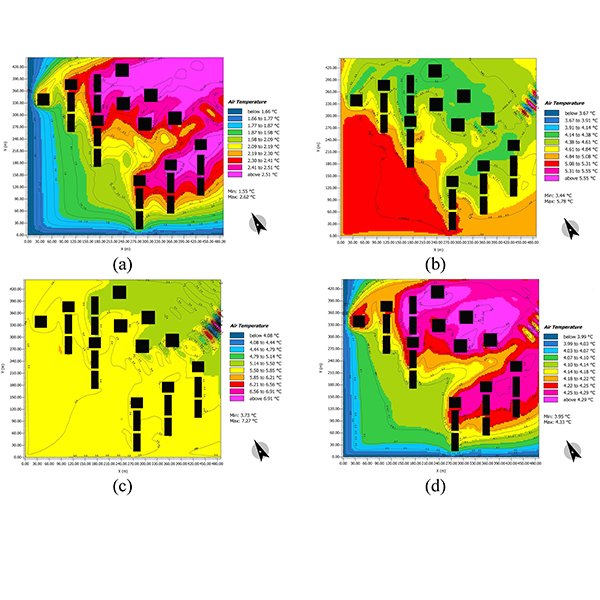
RESEARCH ARTICLE
The Effect of Sky View Factor on Air temperature in
Urban geometry is defined by the height, length, width, and distance of buildings, which affect the urban environment and its microclimate, especially a high-rise and high-density urban environment, such as Tehran.
Journal of Daylighting 6 (2019) 42-51

RESEARCH ARTICLE
Optimum Glazing Configurations for Visual Performance in Algerian Classrooms under
Daylight quality and quantity in Algerian schools show serious problems in ensuring visual comfort of students and teachers. Some problems are due to window design, which leads to excessive amount of sunlight penetration into the classrooms.
Journal of Daylighting 6 (2019) 11-22

REVIEW ARTICLE
Daylight in Buildings and Visual Comfort Evaluation: the Advantages and
Exposure to daylight significantly affects the psychological well-being of occupants by diminishing headaches, eye tensions, or stress. Daylight penetration is a matter of collaboration between building façade and perimeter zones that can be controlled through façade design features. .
Journal of Daylighting 8 (2021) 181-203
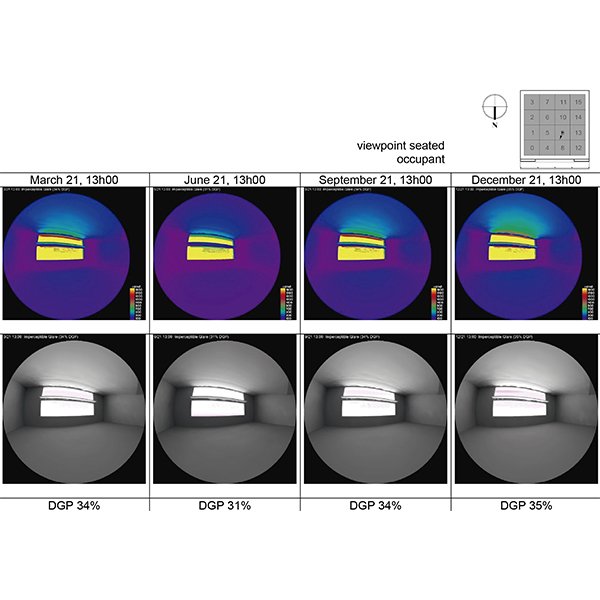
RESEARCH ARTICLE
Optimisation of Passive Solar Design Strategies in Side-lit Offices:
It has been shown that in buildings with fully glazed facades designed to save electricity and increase daylight, overheating due to excessive solar gains and glare have become recurrent problems, affecting the quality of the indoor environment in office buildings.
Journal of Daylighting 7 (2020) 107-121

RESEARCH ARTICLE
Impact of Furniture Layout on Indoor Daylighting Performance in Existing
Currently, home-based computing workspaces have developed substantially all over the world, especially in Malaysia. This growing trend attracts computer workers to run a business from their residential units.
Journal of Daylighting 5 (2018) 1-13

RESEARCH ARTICLE
Daylighting metrics: an approach to dynamic cubic illuminance
Advances in research work in the field of numerical analysis of daylight performance have generated in-depth knowledge on photometric measurements of daylight quality.
Journal of Daylighting 5 (2018) 34-42

RESEARCH ARTICLE
Energy Saving Generated Through Automatic Lighting Control Systems According to
The standard EN 15193-1:2017 “Energy performance of buildings - Energy requirements for lighting” introduced a detailed method to calculate the energy demand for lighting in buildings. Th.
Journal of Daylighting 6 (2019) 131-147

RESEARCH ARTICLE
Photobioreactors as a Dynamic Shading System Conceived for an Outdoor
In the field of responsive shading systems, the use of photobioreactors (PBRs) containing microalgae seems to be a promising technology. Within this framework, this paper presents a case study where a PBR was specifically conceived as a shading system for an external workspace located on an open terrace of the State Library of Queensland (SLQ) in Brisbane.
Journal of Daylighting 6 (2019) 148-168

RESEARCH ARTICLE
Development of a Machine-Learning Framework for Overall Daylight and
Application of machine learning methods as an alternative for building simulation software has been progressive in recent years. This research is mainly focused on the assessment of machine learning algorithms in prediction of daylight and visual comfort metrics in the early design stages and providing a framework for the required analyses.
Journal of Daylighting 8 (2021) 270-283

RESEARCH ARTICLE
Simulation of Daylighting Conditions in a Virtual Underground City
From the Piranesi fantastic architectures to the animation movies and video games of the last thirty years, a new design approach has been introduced and developed: the design of the virtual space.
Journal of Daylighting 2 (2015) 1-11

RESEARCH ARTICLE
An Improvement to Calculation of Lighting Energy Requirement in the
Daylighting has a recognized potential for electric energy savings when is used as a complement for artificial lighting. This study reviews the comprehensive calculation method for lighting energy requirement in non-residential buildings introduced by the European Standard EN 15193: 2007 and investigates its feasibility in China.
Journal of Daylighting 1 (2014) 16-28
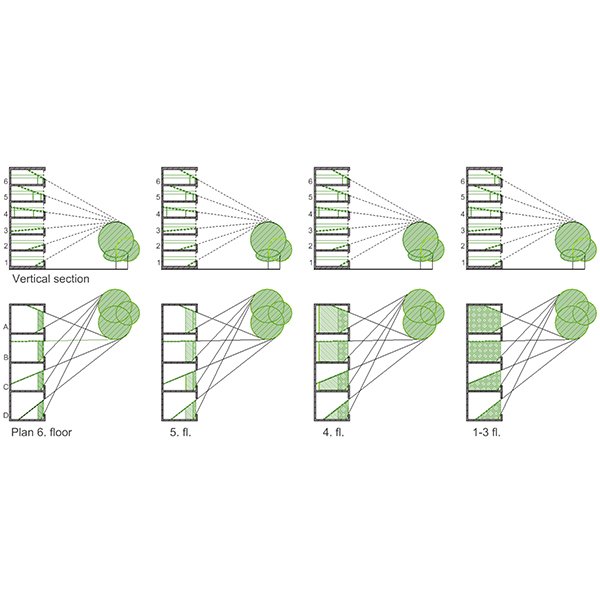
SHORT COMMUNICATION
No-Greenery Line and Greenery-View Factor, New Architectural Design
The paper proposes a new tool for evaluation of the degree of visual contact with the outdoor greenery, the Greenery-View factor (GV), intended to be easy to grasp and simple to use.
Journal of Daylighting 7 (2020) 282-286

RESEARCH ARTICLE
Outdoor Investigation of High Concentrator Photovoltaic Under Uniform and Non-
This study was performed in outdoor conditions to quantify the level of influence on the electrical performance of the Multi-junction (MJ) solar cells.
Journal of Daylighting 7 (2020) 1-12
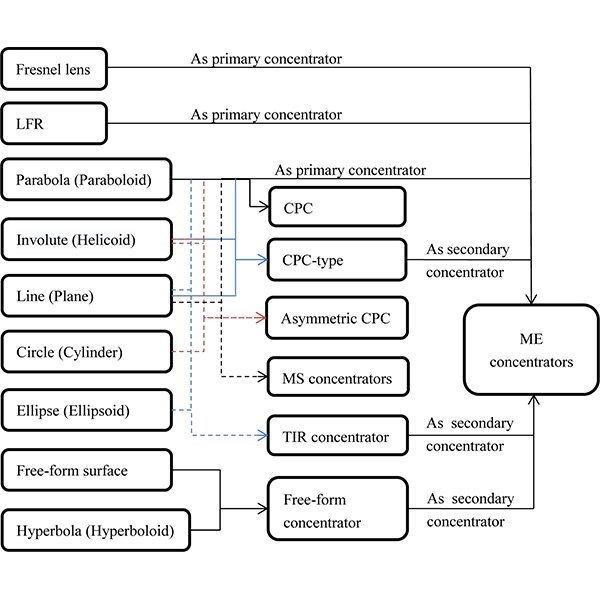
REVIEW ARTICLE
A Review on Solar Concentrators with Multi-surface and Multi-
Solar concentrator always plays an important role in solar energy collection as it could enhance the energy density effectively. Various structures of solar concentrators have been researched in recent years, among which multi-surface (MS) and multi-element (ME) combinations are the two typical structures.
Journal of Daylighting 6 (2019) 80-96

RESEARCH ARTICLE
Thermographic Mobile Mapping of Urban Environment for Lighting and Energy
The generation of 3D models of buildings has been proved as a useful procedure for multiple applications related to energy, from energy rehabilitation management to design of heating systems, analysis of solar contribution to both heating and lighting of buildings.
Journal of Daylighting 1 (2014) 8-15

RESEARCH ARTICLE
Daylighting Evaluation and Optimisation of Window to Wall Ratio for
A base case model is a more potent dose for applied research; the passive architectural design for sustainability requires optimised experiments. However, experimenting with physical developments require construction and deconstruction until they achieved the optimal scenario.
Journal of Daylighting 8 (2021) 20-35

RESEARCH ARTICLE
Daylight Distribution Improvement Using Automated Prismatic Louvre
Louvre is a common type of shading devices and has been increasingly used in office buildings. Meanwhile, some reflective types of louvre have been used to provide shade and to redirect daylight deep into buildings interior simultaneously.
Journal of Daylighting 7 (2020) 84-92

RESEARCH ARTICLE
A First Approach to a New Index on Indoor Lighting
In this study, the conditions of visual comfort were assessed in an indoor environment intended for students. For this reason, a transversal field survey was carried out in two libraries, one at the Sapienza University of Rome (Italy) and another at the University of Granada (Spain).
Journal of Daylighting 6 (2019) 124-130

RESEARCH ARTICLE
Improvement of Optical Performances Using the Hybrid CPV
Hybrid Concentrated Photovoltaics (HCPVs) are systems in which additional low-cost silicone solar cells are added to take advantage of the power generated by the diffuse radiation lost when using only multi-junction cells that work only with direct radiation.
Journal of Daylighting 7 (2020) 238-245

RESEARCH ARTICLE
Evaluation of Daylight Availability for Energy Savings
Dynamic daylight simulations are very useful instruments in daylighting design process. They allow an in depth analysis of indoor daylight availability levels and define if they are adequate to perform a particular visual task.
Journal of Daylighting 2 (2015) 12-20
 HOME
HOME